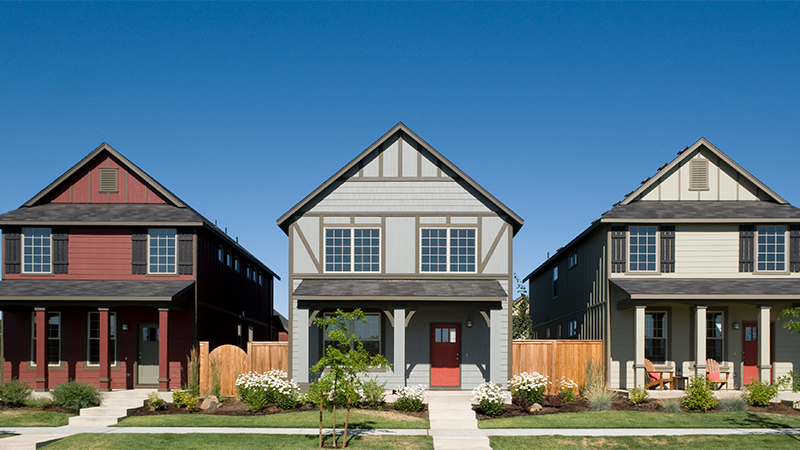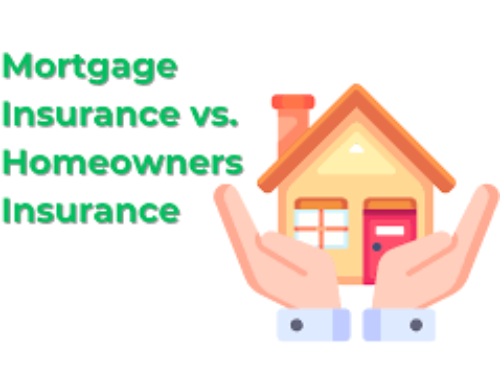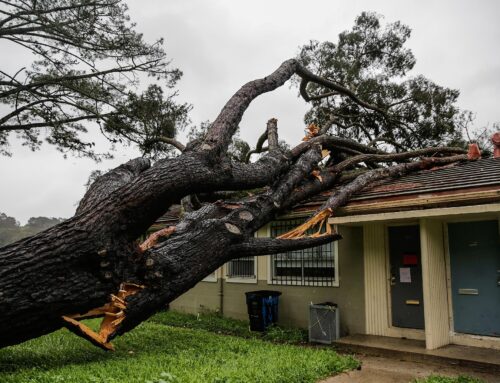Its a common misconception that if you have a homeowners policy, you probably expect it to cover all the costs of rebuilding your house in case it’s damaged or destroyed by a covered hazard. An important question to ask is do you have enough coverage? Here are two common situations you may be unaware of — and the affordable options that can help give you peace of mind regarding your homeowners policy.
Extended dwelling coverage
Extended dwelling coverage is an additional feature or endorsement typically offered in homeowners insurance policies. It provides increased protection for your home by extending the coverage limits on your dwelling or the main structure of your house. This coverage is useful for homeowners who want extra financial protection in case their home is damaged or destroyed by covered perils.
Standard homeowners insurance policies have coverage limits for the dwelling, which is the maximum amount the insurance company will pay to repair or rebuild your home if it’s damaged or destroyed by covered events such as fire, windstorm, or vandalism. If the cost of rebuilding your home exceeds these limits, you could end up with out-of-pocket expenses.
Extended dwelling coverage increases the coverage limit for your home, giving you more financial security in case of significant damage or total loss. It’s important to carefully review your policy to understand the extent of this extended coverage, as it can vary among insurance providers. You might also want to consider other endorsements or additional coverage options to further protect your home and personal belongings.
Keep in mind that while extended dwelling coverage can provide extra protection, it may also result in a slightly higher insurance premium. It’s essential to discuss your insurance needs with your insurance agent or provider to determine the appropriate level of coverage for your specific situation and budget.
Building ordinance or law coverage
Building ordinance or law coverage, often referred to as ordinance or law insurance, is an important aspect of property insurance, particularly for property owners, homeowners, or commercial property owners. It provides coverage for the costs associated with complying with building codes, ordinances, and laws when repairing or rebuilding a property that has been damaged or destroyed by a covered event, such as a fire, storm, or other catastrophic event.
Here are the key components of building ordinance or law coverage:
- Increased Construction Costs: Building codes and local ordinances change over time, and after a property is damaged or destroyed, the property owner may be required to rebuild to current code standards. This can result in increased construction costs due to the need for upgraded materials, designs, and safety features.
- Demolition Costs: If local laws or codes require the demolition of a damaged structure before rebuilding, ordinance or law coverage can help cover these expenses.
- Additional Construction Expenses: The coverage can help pay for the additional expenses incurred due to compliance with building codes, such as added square footage, accessibility features, or structural upgrades.
There are typically three components to building ordinance or law coverage:
- Coverage A: Loss to the Undamaged Portion of the Building: This component covers the increased cost to repair or replace the undamaged portion of a building when the code requires improvements to the entire structure.
- Coverage B: Demolition Cost: This part covers the costs associated with demolishing the damaged property if required by local ordinances.
- Coverage C: Increased Cost of Construction: This part covers the additional expenses for rebuilding or repairing a property to meet current building codes.
It’s essential for property owners to discuss their specific needs with their insurance provider and understand the limitations and coverage levels provided by their policy. The extent of building ordinance or law coverage can vary among insurance companies, and you may need to purchase additional coverage or endorsements to fully protect your property against these types of expenses. This coverage can be particularly important in areas with strict building codes and regulations, as it helps ensure that you have the financial resources needed to bring your property up to code after a covered loss.






Leave A Comment